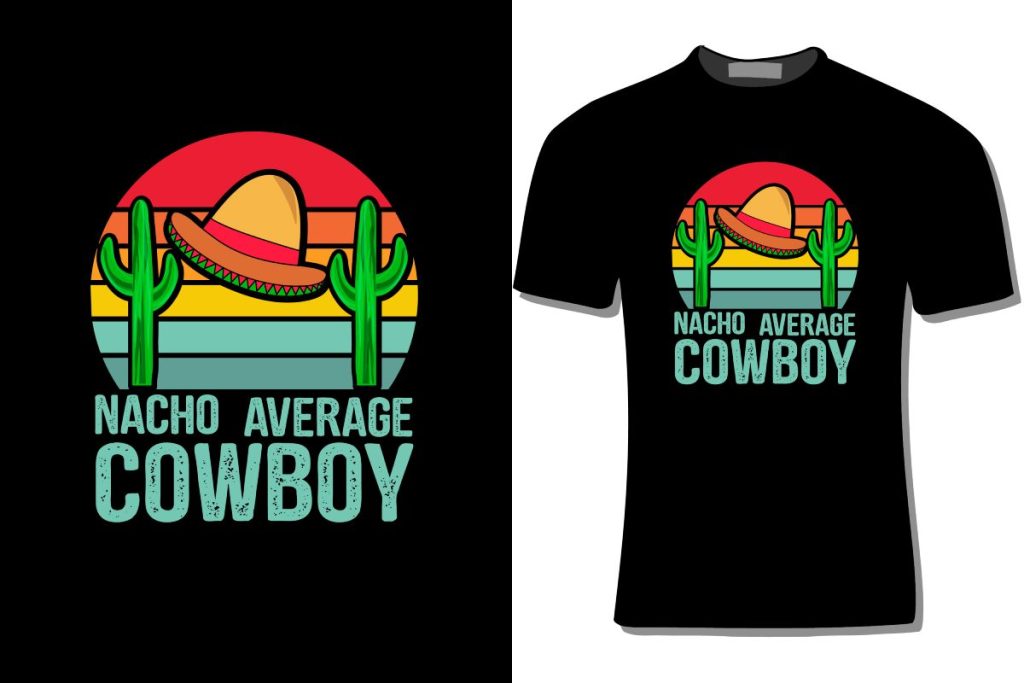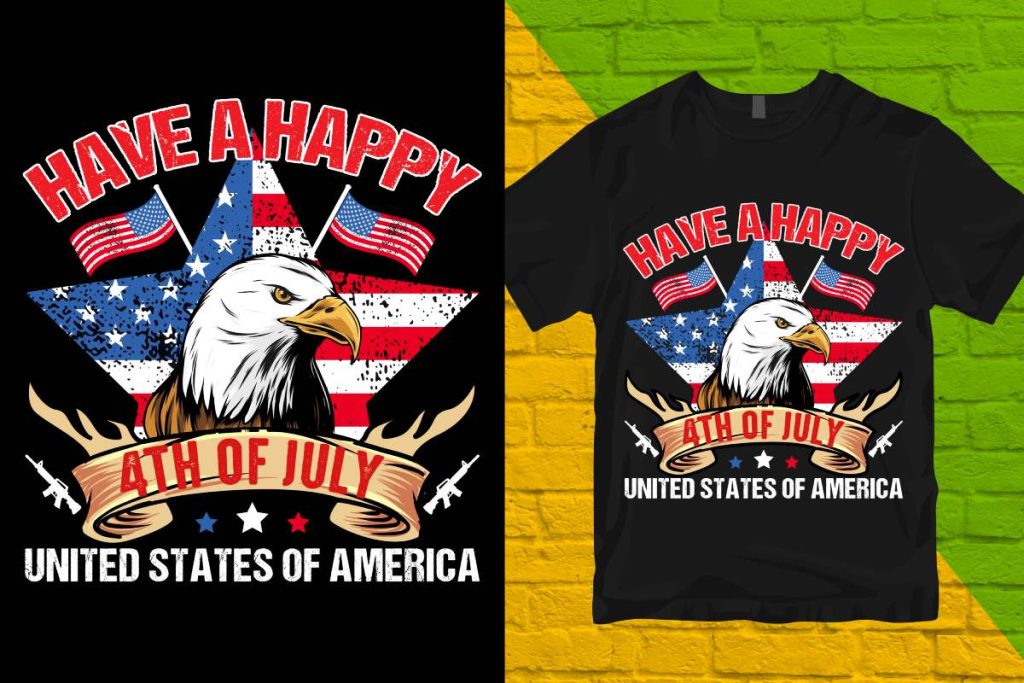UV DTF, or UV Direct-to-Film printing, is revolutionizing the custom apparel sector with its innovative approach to high-quality printing. This advanced technology harnesses ultraviolet light to cure inks directly onto a specialized film, enabling vibrant, durable prints that are perfect for a wide variety of substrates, including textiles and plastics. As the demand for eco-friendly printing solutions grows, UV DTF stands out by minimizing hazardous waste compared to traditional methods. This unique combination of speed, efficiency, and versatility makes UV DTF a game-changer for brands aiming to satisfy the rising consumer desire for personalized products. Dive into the world of UV printing and discover how this printing technology is reshaping custom apparel production.
In the landscape of custom clothing production, alternative terms like UV direct-to-film printing and direct-to-film technologies are becoming increasingly prominent. These printing solutions leverage ultraviolet light to efficiently transfer designs onto various materials, offering both high resolution and vibrant colors. As companies strive to meet consumer expectations for unique and customizable apparel, this cutting-edge technology provides a solution that aligns with modern needs for eco-friendly printing practices. Furthermore, this innovative method shines against its traditional counterparts, paving the way for quicker production times and expanded material options. With customization at its core, UV DTF printing is set to become a staple in the future of apparel design.
Understanding the Basics of UV DTF Printing
UV Direct-to-Film (DTF) printing is a revolutionary technology that utilizes ultraviolet light to cure inks onto a specialized film, enabling stunning prints that can be transferred onto various materials. This innovative method stands out due to its ability to produce eye-catching, high-resolution images that are both vibrant and durable. In comparison to traditional printing methods such as screen printing or standard DTF, UV DTF excels in providing exceptional clarity and detail, making it a preferred choice for businesses aiming to offer customized apparel and products.
In essence, UV DTF printing bridges the gap between digital and traditional printing methods, allowing for a wider range of applications, including textiles, plastics, and leather. This versatility is crucial for brands looking to diversify their product lines beyond just clothing, making it possible to create printed promotional items and personalized gifts. With its unique capabilities, UV DTF is establishing itself as a significant player in the custom apparel market.
Key Advantages of UV DTF Technology
One of the primary benefits of UV DTF printing is its unmatched speed and efficiency. The curing process occurs quickly under UV light, which not only accelerates production times but also allows for on-demand printing capabilities. This rapid turnover is particularly advantageous in today’s fast-paced retail environment where customer expectations for quick delivery and personalization are constantly increasing. As a result, businesses using UV DTF can fulfill orders more promptly and keep their inventory agile.
Moreover, the technology supports a diverse range of materials, enabling businesses to print on not only fabric but also substrates like wood, metal, and acrylic. This multifaceted approach allows brands to expand their offerings and cater to a variety of consumer needs, whether they are creating custom apparel, accessories, or unique promotional products. Such flexibility not only enhances customer satisfaction but also opens doors for new creative opportunities.
Eco-Friendly Practices in UV DTF Printing
As the demand for sustainable practices continues to grow, UV DTF printing offers several environmental advantages over conventional printing technologies. The UV curing process minimizes the use of harmful chemicals typically associated with traditional inks, promoting a healthier work environment for those in the printing industry. This aligns with the increasing consumer focus on eco-friendly products, making UV DTF an appealing option for brands that wish to market themselves as environmentally conscious.
Additionally, UV DTF printing generates less waste due to its efficient ink usage and the capability to produce prints on-demand. This means that businesses can avoid excess surplus inventory, thereby reducing waste and contributing positively to sustainability efforts. As more consumers seek to support brands with eco-friendly practices, integrating UV DTF technology into printing operations can provide companies with a competitive edge in the marketplace.
Recent Innovations in UV DTF Technology
The landscape of UV DTF printing is undergoing rapid changes, with recent advancements making this technology more accessible to a broader audience. Manufacturers of UV DTF printers, such as Mimaki and Roland, are continuously enhancing their equipment to improve speed, color accuracy, and operational usability. These innovations are crucial for small and medium-sized enterprises looking to enter the custom apparel market without incurring exorbitant startup costs.
Emerging features in new UV DTF printers now allow even novice users to achieve professional-quality results with ease. Such user-friendly technologies not only cater to experienced professionals but also empower newbies in the printing industry, contributing to the widespread adoption of UV DTF. With these strides in technology, businesses can better capitalize on current trends and engage in more creative design endeavors.
The Impact of UV DTF on Custom Apparel Trends
The introduction of UV DTF printing technology has significantly impacted trends within the custom apparel industry. As consumer preferences shift towards personalized and unique designs, UV DTF provides brands the ability to create short-run, customized items that resonate with current fashion trends. This capability caters to a market that values individuality, allowing businesses to connect more deeply with their target audience.
Furthermore, the ability to quickly adapt designs keeps brands relevant and competitive. By utilizing UV DTF printing, companies can respond to changing consumer tastes effectively and efficiently. This responsiveness not only fosters brand loyalty among customers but also opens up opportunities for collaborations and exclusive collections that capture the imagination of the market.
Challenges and Considerations with UV DTF Printing
Despite its numerous advantages, UV DTF printing does come with challenges that businesses must consider. One potential issue is the initial investment in high-quality UV DTF printers and equipment, which may be a barrier for some, particularly smaller businesses. However, as technology advances and becomes more affordable, these barriers are gradually diminishing, allowing more companies to access this innovative printing method.
Moreover, while UV inks offer durability and vibrancy, they can sometimes require specific post-processing techniques to ensure the best adhesion and longevity of prints. Brands must invest time into understanding these processes to maximize the potential of UV DTF printing. Proper training and experience can help mitigate these challenges, allowing businesses to harness the full benefits of UV DTF technology.
Frequently Asked Questions
What is UV DTF and how does it work?
UV Direct-to-Film (DTF) printing is an advanced printing technology that uses ultraviolet light to cure inks directly onto films, which can then be transferred to various substrates, including textiles and plastics. This process enables the production of high-quality, vibrant images that are durable and resistant to fading, making it ideal for custom apparel.
How does UV DTF compare to traditional printing methods?
Unlike traditional printing methods such as screen printing and regular DTF, UV DTF printing combines the strengths of both by allowing for high-resolution prints on a wider range of materials. This innovative technology provides exceptional color accuracy and detail, making it a preferred choice for intricate designs and custom apparel.
What are the advantages of using UV DTF printing for custom apparel?
UV DTF printing offers numerous advantages including high-speed production, compatibility with a variety of materials, and eco-friendly practices. Businesses can achieve faster turnaround times for on-demand printing and expand their offerings to include personalized merchandise, while also appealing to environmentally conscious consumers.
Is UV DTF printing eco-friendly?
Yes, UV DTF printing is considered eco-friendly as it typically requires fewer hazardous chemicals compared to traditional sublimation printing methods. This aligns with the growing demand for sustainable practices in the printing industry, making it an attractive option for businesses focused on environmental responsibility.
What recent advancements have been made in UV DTF technology?
Recent advancements in UV DTF technology have made it more accessible for small and large businesses alike. New printers from leading brands like Mimaki and Roland offer improvements in speed, color accuracy, and user-friendliness, allowing businesses to create high-quality custom apparel with greater efficiency and less investment.
How does UV DTF impact consumer trends in custom apparel?
UV DTF technology significantly impacts consumer trends by enabling brands to produce unique, short-run designs that cater to individual tastes and preferences. This ability to rapidly respond to current trends fosters brand loyalty and encourages repeat purchases, making it a valuable tool in the competitive landscape of custom apparel.
| Key Points | Details |
|---|---|
| What is UV DTF? | A technology that uses UV light to cure inks on a film for transfer to various substrates. |
| Advantages | 1. Speed: Faster prints than traditional methods. 2. Material Versatility: Can print on a wide array of substrates. 3. Environmental Benefits: Fewer hazardous chemicals involved. |
| Recent Developments | Advancements have reduced costs, making technology accessible for small businesses, with improvements in printer capabilities from brands like Mimaki and Roland. |
| Business Impacts | Enables brands to offer personalized designs that appeal to consumer preferences, fostering loyalty and rapid response to trending needs. |
Summary
UV DTF printing is redefining the landscape of custom apparel by providing a revolutionary approach to design and production. This technique not only enhances the efficiency of the printing process but also allows businesses to expand their product offerings significantly. With its ability to produce high-quality prints on various materials, UV DTF meets the growing demand for unique and personalized apparel options. As brands increasingly turn toward sustainability in their operations, UV DTF technology stands out for its reduced environmental impact compared to traditional methods. In a competitive market, integrating UV DTF into business strategies provides brands with the agility to meet customer demand swiftly, thus securing their place in the future of fashion.



